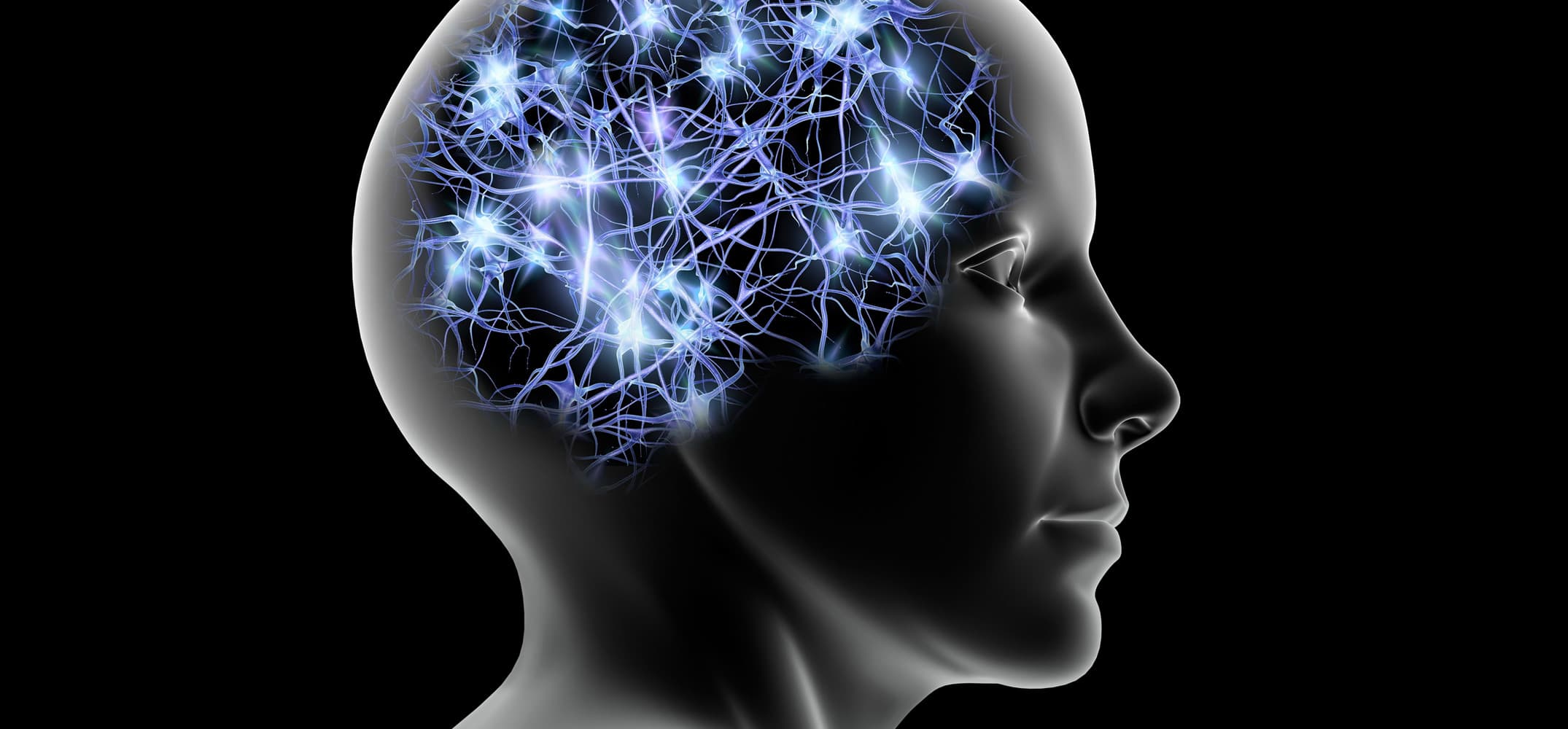Researchers have developed a combination of commercially available hardware and open-source software, known as PySight, that improves rapid 2D and 3D imaging of the brain and other tissues. By enabling integration of this fast 3D imaging solution, the advance in microscopy could help scientists to better understand brain dynamics and discover new treatments for health problems such as stroke, epilepsy and dementia.

In Optica, The Optical Society’s journal for high impact research, the researchers describe PySight, which serves as a photon counting add-on for laser scanning microscopes. Geared with this novel combination of software and hardware, they improved the quality of 2D and 3D imaging of neuronal activity in the living brain.
Because it can image deep into tissue, a laser-based technique known as multiphoton microscopy is often used to study the rapid activity patterns of neurons, blood vessels and other cells at high resolution over time. This microscopy method uses laser pulses to excite fluorescent probes, eliciting the emission of photons, some of which are detected and used to form 2D and 3D images.
Trying to capture the full breadth of neuronal activity with multiphoton microscopy forces scientists to image faster. As a result, fewer and fewer photons become available to form images, much like taking a photo with shorter and shorter exposure times. The challenge becomes how to get meaningful images under these dim conditions.
“To overcome this hurdle, microscopists have used a detector-readout method called photon counting,” said research team leader Pablo Blinder from Tel Aviv University in Israel. “However, because its implementation required extensive electronics knowledge and custom components, photon counting has never been widely adopted. In addition, commercially available solutions were ill-suited to perform very fast imaging such as required for 3D imaging.”
In addition to advancing neural imaging research, PySight’s improved sensitivity could facilitate rapid intraoperative identification of malignant cells in human patients using multiphoton microscopy. PySight’s novel approach for reconstructing 3D scenes could also improve performance of light detection and ranging, or LIDAR. This could help lower the costs of self-driving cars that use LIDAR to map their surroundings.
For further information, follow us on our social media and subscribe to our newsletter! Would you like to be featured in the next issue of our digital magazine? Or subscribe to 3D
Adept Mag? Send us an email at contact@3dadept.com
//pagead2.googlesyndication.com/pagead/js/adsbygoogle.js
(adsbygoogle = window.adsbygoogle || []).push({});





